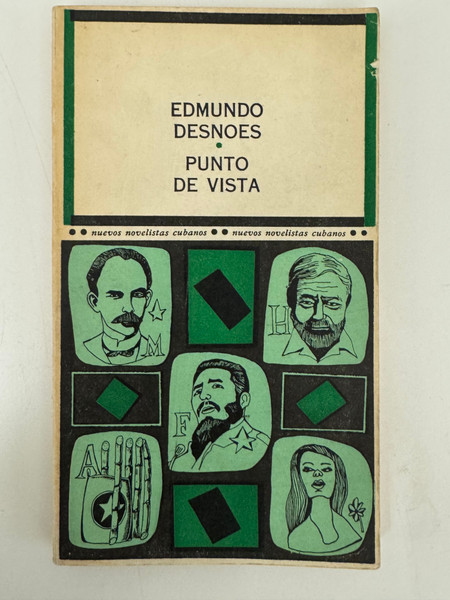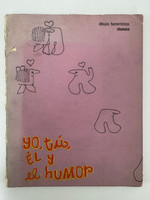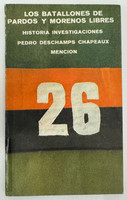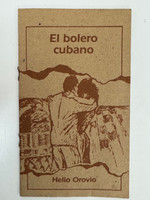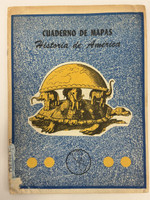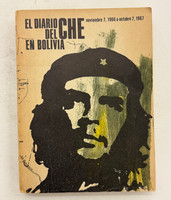- Travel
-
Exhibits
- La Portada Cubana
- Immortal Cuba: Artists Take on Their Heroes
- Seattle Poster Exhibit
- Sandra Dooley & Alejandrina Cué
- The Art of Wayacón
- Cuban Folk Art
- Cuba In Black And White
- 25 Years of Cuban Art Space
- Summer Folk Art Expo
- ¡SPRING AWAKENING FROM CUBA!
- Celebrating The Art Of Cuban Women
- Celebrating Paper, Affordable Art from Cuba
- Art of the Revolution
- Outsider Art
- Lost and Found
- En la lucha: Celebrating Cuban Women and Their Art
- Cuban Art Stash
- 100 Fires: 5 Cienfuegos Artists' Work on Paper
- Waya + Monte! Magic Realism in Cienfuegos
- Viva Cuba Viva! Poster Show
- Cultivando Sueños
- Black Lives Matter in Cuba Jan 9-March 27
- Leandro Soto: Crónicas visuales
- Cuban Canvas
-
Archive
- Global Reflection 2018: Spirit and Community
- Exhibit in the cloud: Contemporary Works on Paper
- MADE IN CUBA! MINNEAPOLIS EXHIBIT
- Cuban Posters and Photography from CCS collection
- AUTUMN SALE! Sept/Oct 2017
- SPRING ARTS AND CRAFT SALE
- Vuelo Directo/Non Stop: Alberto & Alejandro Lescay
- The Many Faces of Fidel
- Somos
- Made in Cuba!
- The US empire in Cuban graphics
- Made in Cuba/Seattle exhibit
- Entre Nos
- Looking Back
- Cuban Art Space
- Membership/Donate
- About Us
- Cuba News
-
Raúl Martínez's cover design for Edmundo Desnoes's "Punto de Vista" exemplifies the revolutionary aesthetic of Cuban graphic design in the late 1960s. The composition features a bold pop art-influenced grid layout that divides the cover into nine panels against a black background, with alternating portraits and geometric shapes rendered in vibrant green tones. The portraits include recognizable figures from Cuban revolutionary consciousness—José Martí with his distinctive star, Ernest Hemingway, Fidel Castro, and other cultural icons—interspersed with diamond-shaped geometric elements and symbolic imagery including the Cuban flag and revolutionary emblems. The band reading "nuevos novelistas cubanos" (new Cuban novelists) frames the central composition, positioning the work within the Instituto del Libro's ambitious Colección Cocuyo series.
"Punto de Vista" is a collection of essays documenting Desnoes's intellectual and political transformation from a disillusioned writer working in New York to a committed revolutionary intellectual who returned to Cuba. The book chronicles the development of revolutionary consciousness, exploring themes of identity, anti-imperialism, and cultural decolonization. It includes essays such as "¡Dondequiera que se encuentren!" and "Martí en Fidel," along with "La imagen fotográfica del subdesarrollo" (The Photographic Image of Underdevelopment) and a provocative analysis of Ernest Hemingway's relationship to Cuba. The collection represents Desnoes's attempt to define what it means to be a writer in revolutionary Cuba, grappling with issues of cultural dependency and the role of intellectuals in socialist transformation.
Martínez, one of Cuba's most influential visual artists, pioneered the adaptation of pop art aesthetics to revolutionary themes, creating a uniquely Cuban visual language that merged international modernism with nationalist iconography. His design transforms the book cover into a visual manifesto, with the grid structure suggesting both organizational clarity and the interconnected nature of revolutionary thought. The limited color palette of green, black, and cream creates a striking, screen-printed aesthetic that was both economically practical for Cuba's developing publishing industry and artistically sophisticated. The visual references to Martí, Hemingway, and revolutionary symbols mirror the book's exploration of cultural influences and revolutionary identity. This cover represents a pivotal moment when Cuban graphic design was establishing new standards for revolutionary cultural production, making literature accessible while maintaining high artistic standards. The "nuevos novelistas cubanos" series played a crucial role in promoting contemporary Cuban writers during the cultural flourishing of the 1960s, with Martínez's covers becoming iconic markers of this period's literary and artistic ambitions.
-
-
Discover More at the Center for Cuban Studies

